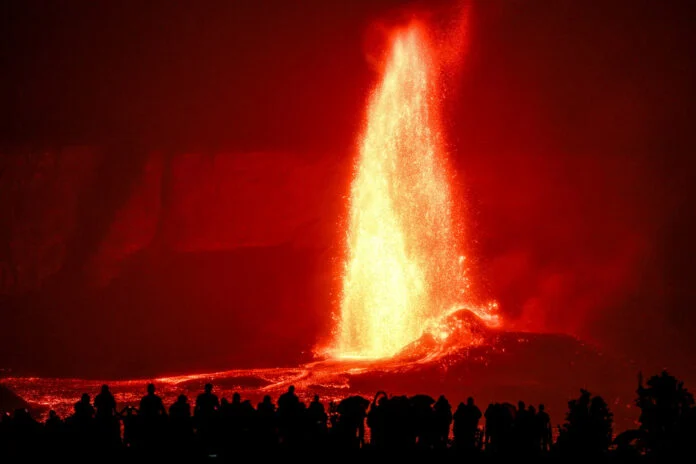The Etruscan wolf’s helmet, that is currently kept in Harvard’s Art Museum, is undoubtedly a masterpiece of ancient equipment. Despite it’s name, the etruscan helmet resembles a boar head. It dates back to archaic to classical period (6th-5th century BCE) an has modern additions. It is bronze and cast and hammered.
Other Elements of the helmet are lead, iron and arsenic. These pieces were part of an old repair and were removed from the object.
The patina is green and has areas of black and underlying areas of red. The top components of the nose and the hemispherical dome have areas of rough, raised green corrosion products and brown burial accretions.
Numerous large losses are the result of corrosion and breaks in the brittle, mineralized metal. There are numerous ancient repairs, including the flaps of metal folded and riveted around cracks on the lower edge of the hemispherical dome and the irregular shapes of metal riveted to the dome where it meets the lower jaw on both sides. The cast teeth are modern additions. They are not life casts and were irregularly modeled directly in wax to fit the shapes of the sheet metal assembly that form the jaw and top portions of the mouth. A modern sheet-copper framework in the top and bottom sections of the mouth and a patinated but modern ridged palette-shape on the top of the mouth both help to support weight of these teeth. Many of the rivets are ancient, but some have been replaced with modern copper pins or brass screws.
The hemispherical dome was raised by hammering, and its irregular thickness ranges from 0.3 to 0.7 mm. The top and snout sections of the nose have the same thickness as the dome, which in neither case was a measurement error caused by the rough corrosion products on the surface of these components. The other parts of the object are also raised by hammering but are generally thinner (2.0 to 4.0 mm). They form the bottom exterior and interior surfaces of the mouth, the narrow strips at the lower edges of the top of the mouth, and the repair reinforcements previously mentioned. A serrated sheet inserted in the folded and riveted front section of the nose is less deeply corroded than the snout but appears to be ancient. The serrations may depict teeth, and it is possible that similar teeth once decorated the other portions of the mouth. The remains of two oval repoussé depressions on the front of the dome depict eyes. No inlay or added material is visible in the eyes.
Prior to the 1998 conservation treatment of this object, numerous additional fragments, many of them modern, were joined to the object and completed many of the losses to the original components. These fragments greatly confused the question of what was original as well as what the original object looked like. They were removed and stored separately from other loose fragments that are ancient but either do not belong to this object or cannot be properly fitted to it. Future work on the object could involve completely removing the replacement teeth. It is also possible that the entire lower jaw is a modern fabrication from ancient sheets of metal.
Henry Lie










